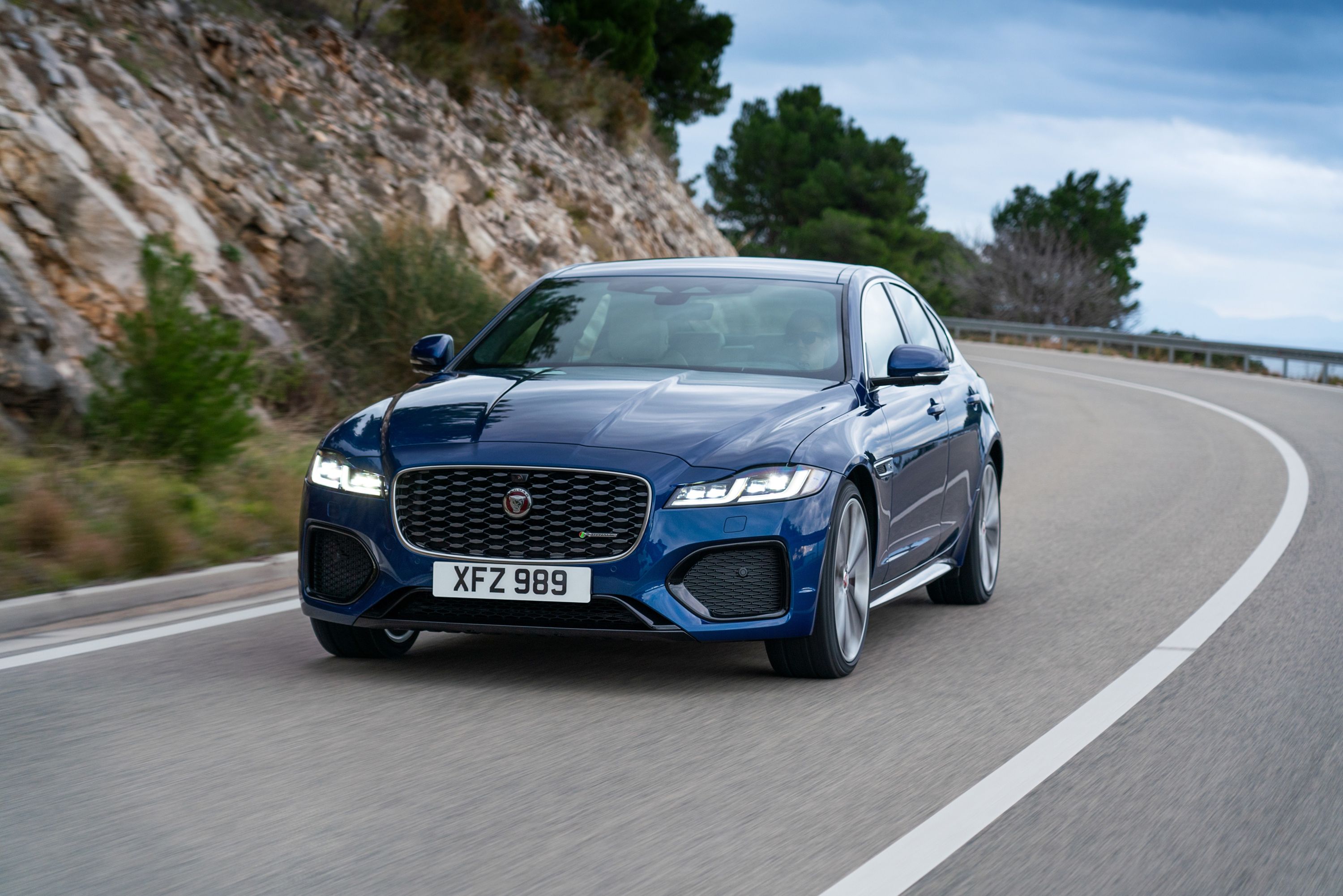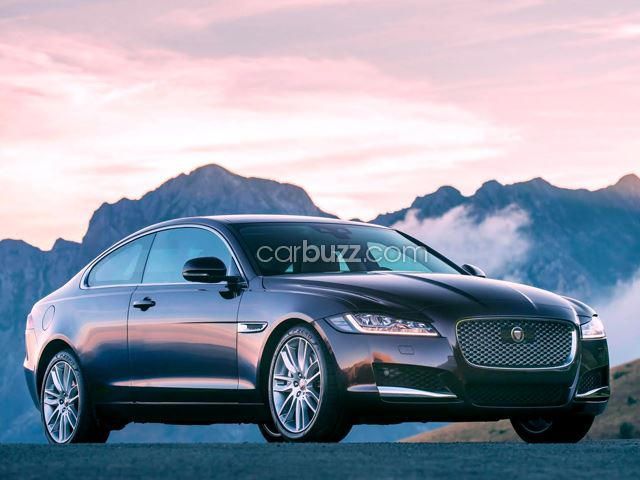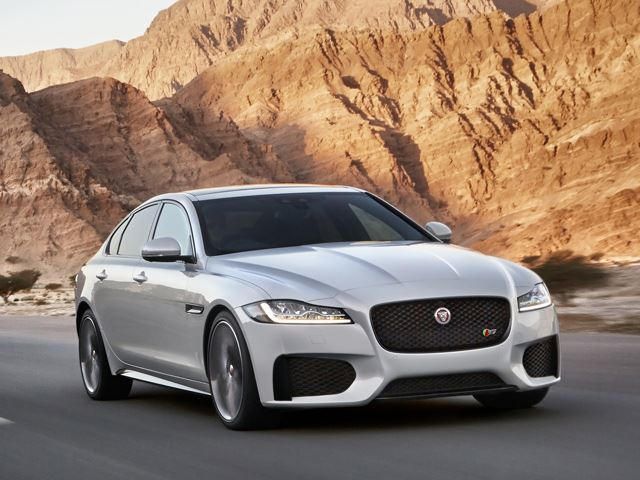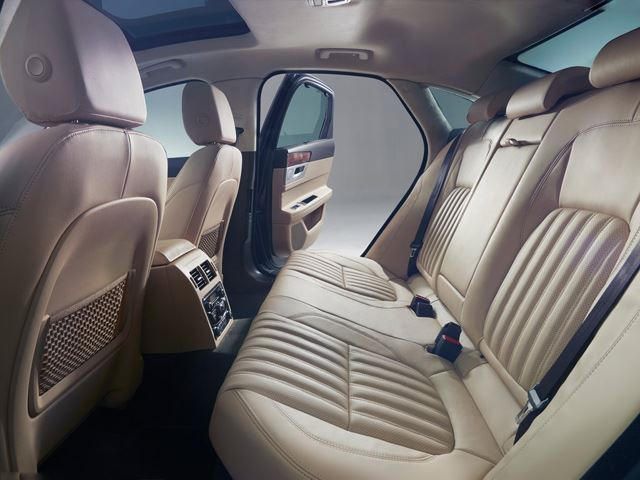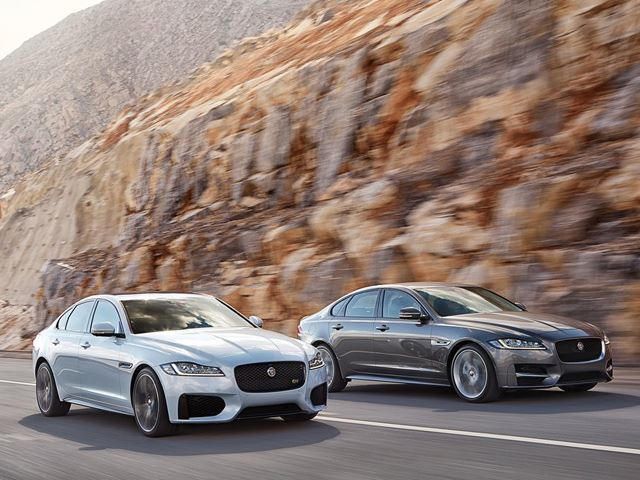Interpersonal relationships are complicated enough, but as figments of human construction, accords between automakers can get just as hairy. When Ford acquired Jaguar during the late 80s and early 90s, the British automaker was in need of either a miracle or a quick and painless death. When executives from the Blue Oval toured the Jaguar factories post purchase, they were surprised to see just how bad the situation had gotten. Jaguar's build methods were appalling and it was easy to see how the automaker had gotten a reputation for poor quality.
For Ford executives, despite the shambled company, the Jaguar brand was as strong as ever thanks to a reputation outlined by timeless classics like the 1950s XK and the well-loved E-Type that followed. It was easy for Ford, the same company that invented the assembly line, to refine production methods for its new subsidiary and bring quality up. What Ford needed from Jaguar was the power of recognition that only a badge could bring. Unfortunately, Jaguar never once turned up a red dime under the American automaker's reform. All it takes is a quick look at the cars that spawned from that time like the Ford Mondeo-based X-Type and the BMW 5 Series-fighting S-Type to see where things went wrong.
Jaguar DNA was present in all of these cars, but many of components were mined straight from Ford's parts bin. When culminated into a car the nimble handling characteristics or luxury appeal was absent compared to its German competitors. When the American auto industry nearly folded in 2008, Ford had to shed itself of the money leech, so it sold Jaguar to Tata Motors, giving us the current crop of Jags we see today. The F-Type interpreted the staunch appeal of the E-Type for modern times, making it a hit based on looks and emotion. Meanwhile the rest of the line has been to reform school and is now competitive with the BMW 3 Series in terms of handling, chassis tuning, looks, and engine refinement.
Despite the brand revamp, there is still something missing. A comparison between Jaguar, Mercedes, and BMW's homepages help fill in the gaps. The Germans have used their current sales advantage to unleash a multitude of new vehicles aimed at filling any obscure gap that consumers could ask for. Meanwhile, Jaguar only manages five models: an SUV, a coupe/convertible, and a 3 Series/C-Class, 5 Series/E-Class, and 7 Series/S-Class competitor. The three sedans are aimed squarely at stealing away a few stray customers from the Germans, which they do well. However the trouble arises when shoppers stray away from the normal sedan/SUV/ sports car menu and want something a bit more Grand Tourish.
The Jaguar F-Type fits that mold better than the rest of the lineup, but its limited storage space and emphasis on an emotional and sporty drive kill any prospect of a 6 Series Coupe or Mercedes SL-Class buyer migrating over to the British marquee, and that's a shame. Jaguar is known for the opulent and slightly useless grand tourers that only the rich can afford. Cars like the XJS or the XK used to be the first place to look for the wealthy and retired who needed nothing more than to haul golf clubs and drive with the type of manners that can only be cultivated through a life full of privilege and recently relinquished responsibility. These types of customers would enjoy two door versions of the XF and XJ or an enlarged F-Type.
Any of these platforms could be used, and once that is settled, the rest is easy. After lowering the sedan roofline, all that would be left is to transplant the supercharged V6 and V8 into the car and give it RWD and FWD options. A manual is unlikely to migrate from the F-Type S, but we would commend Jaguar if they made our fantasy come true. Jaguar's new styling language is nothing short of a success, and it's that sort of outlaw image that resonates with the luxury coupe-buying crowd. Frequent adulterers and lawyers who know what time happy hour starts at every nearby bar are the ones who would buy these cars, and the profits in this expensive segment make it worthwhile. However, the real yield would be the image.
The F-Type is currently the brand flagship, and while it wears that crown well, it leaves Jaguar in an ambiguous area between luxury car manufacturers like BMW and sports car makers like Porsche. To fix this, Jaguar needs to bridge the gap between the automaker that it is and the automaker that it aspires to be. In the past, a Jaguar never represented the purchase of a logic-driven driver. It was a status symbol, one that told everyone else in traffic that this owner isn't the type of rich person who reads investment books and manages their money wisely. This person made rose to affluence by taking nerve-wracking gambles. A Bentley or 6 Series coupe is too quiet for this group. So, Jaguar, why not offer something for the villains who've made it?

